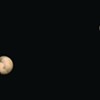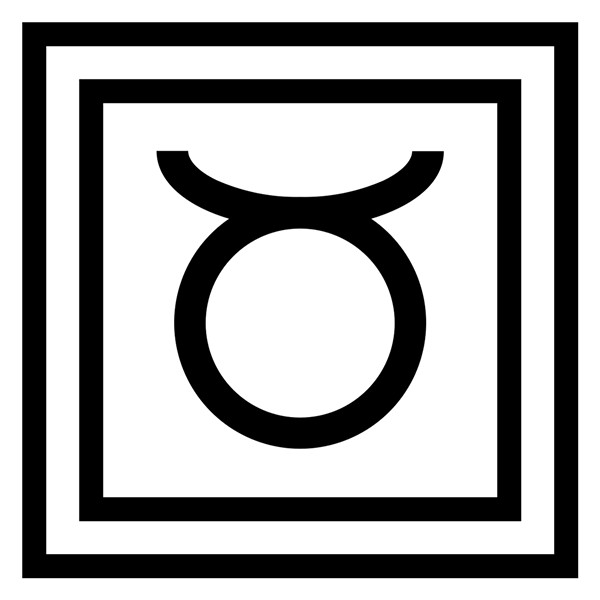Our friendly little New Horizons robot flew through the Pluto-Charon system one Tuesday morning in mid-July, and people have been talking about it. It's beautiful how much everyone seems to care. Mike Brown, a professor at Caltech and the discoverer of Eris (and therefore the demoter of Pluto), was right the first time around—Pluto is a cultural planet. Regardless of what it may be scientifically, people care, and they love Pluto.
The Internet memes are flying. "So you dumped me years ago. But now you're driving past my house real slow." People actually understand why that's funny.
And that's about the shape of things, except that New Horizons is going pretty fast, more than 40 times the speed of sound. It made the three-billion-mile trip to Pluto in just nine years. Not terrible, given that we're not using antimatter propulsion.
The Onion added to the discussion, reflecting on what humanity has learned from our recent visit to the edge of the solar system—that the former ninth planet is "similarly cold, desolate, and uncaring as the rest of the universe."
All through this experience, my mind has gone back to covering the demotion of Pluto in the summer of 2006. Astronomers didn't even have a decent photo of the thing. There was exceedingly little data to work with.
Astrologers knew more than astronomers. The New Horizons mission had just been launched six months earlier and was still tooling around the inner solar system, with a long way to go. But scientists voted to declare Pluto "not a planet." This was your basic Wonderland logic of holding the execution before the trial. Science is becoming famous for this kind of logic (for those who notice), as it takes the place of religion in our society. In other words, science as publicly practiced often no longer depends on logic, reason or data but rather on the pronouncements of people who call themselves scientists.
Were it put to a popular vote, I am sure people would overwhelmingly decide to keep Pluto as a planet. It's amazing the passion around the sense of exclusion that people have been taking personally. Pluto being a planet would be the one truly bipartisan issue. On some other subjects you could say, well, the Republicans are finally right about something, or reluctantly we must agree that scientists know more than the general population. The people in white coats have the data. But they did not. Until July 14, any little kid could have matched the knowledge of the most advanced scientists.
Since shortly after the demotion, Pluto has officially been minor planet (134340) Pluto, just like Ceres is really (1) Ceres and Chiron is really (2060) Chiron. Pluto missed its chance to be given the honorary designation (10000) Pluto; for a long time, demotion was unthinkable, and many scientists objected. As a result, minor planet catalogue number 10000 was assigned to Myriostos, an ordinary main-belt asteroid discovered in 1951. That word is Greek for "ten-thousandth," a nod to the many scientists who helped discover the first 10,000 minor planets.
Now we've finally got some clear photos of Pluto, so the discussion of what this thing is will finally have some substance. It is a terrestrial world with water ice—indeed, mountains of ice that are miles high. There are plenty more photos coming than the few that we've seen—astronomers running the mission say that it will take 16 months to download all the data from the flyby. Clearly dialup is not fast enough for this job. They really need to upgrade to cable, just not Time Warner cable.
New Horizons will not be parked in an orbit around Pluto. It was pointed into the shadows cast by Pluto and its binary partner (Charon is not really a moon), and the Sun was photographed through the atmospheres of both bodies. Analysis of the light that shines through the atmosphere will reveal detailed data about their composition. I'm wondering what else we need to know or discover before we decide that the Pluto-Charon system is indeed planetary. Does it need a zip code or a bungalow colony?
Then the piano-sized New Horizons craft will continue deeper into the Kuiper Belt, where it will be aimed at other objects, as yet to be announced. At the moment there are about a thousand known objects orbiting in the space beyond Neptune. These include bodies such as Quaoar, Chaos, Ixion, Orcus, and many others familiar to a handful of astrologers and scientists. There are probably millions of them, as the whole Kuiper Belt theory seems to be correct.
































